FUNDING CUTS IMPACT CT HUMANITIES: Help CT Humanities navigate recent funding cuts and continue our vital work across Connecticut. All donations made to CTH will be matched dollar-for-dollar up to $50,000. Donate today!
Search results for: immigration
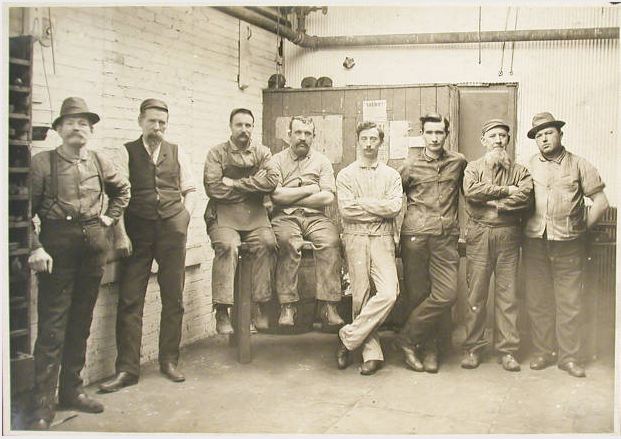
Late 19th-Century Immigration in Connecticut
…tighten immigration restrictions to stop the “pollution of the natives.” Despite these challenges, immigration to Connecticut exploded in the latter part of the 19th century. While immigrants made up roughly…
Read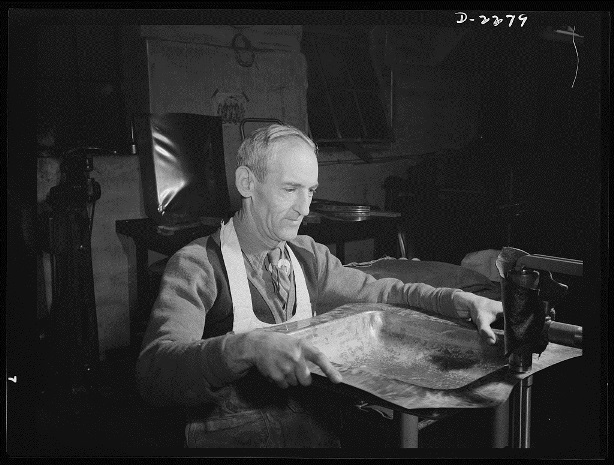
Early 20th-Century Immigration in Connecticut
…of recent immigration slowly began to dry up. The economic turmoil and “Red Scare” that came in the wake of peace in Europe turned popular sentiment against liberal immigration policies….
Read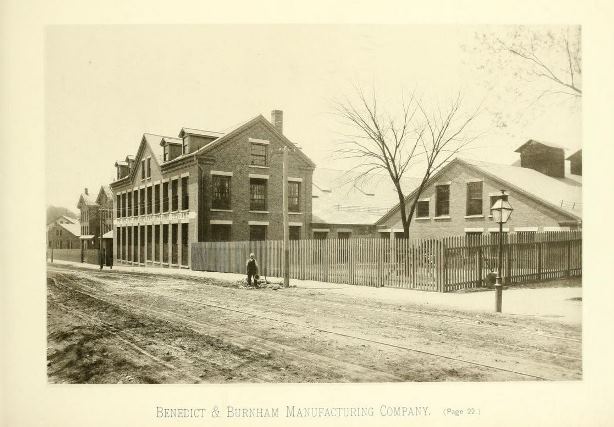
Early 19th-Century Immigration in Connecticut
…the early decades of the 19th century, immigration to Connecticut, and the country as a whole, proved relatively modest thanks in part to British regulations meant to curb emigration of…
Read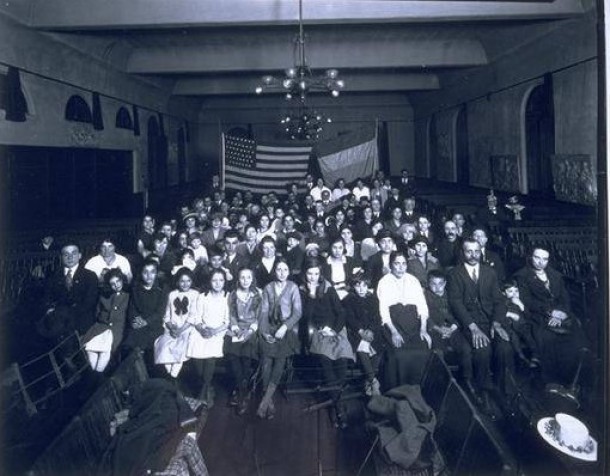
Immigration
A mixture of agriculture and heavy industry in Connecticut has routinely provided employment opportunities for immigrants throughout the state’s history. Waves of primarily northern European immigrants arrived on Connecticut shores…
Read
Sylvester Poli, Negotiating Cultural Politics in an Age of Immigration
By Rafaele Fierro On a beautiful late-August night in 1910, a crowd gathered at 10 Howe Street in New Haven to celebrate. Mayor Frank Rice and his wife were in…
Read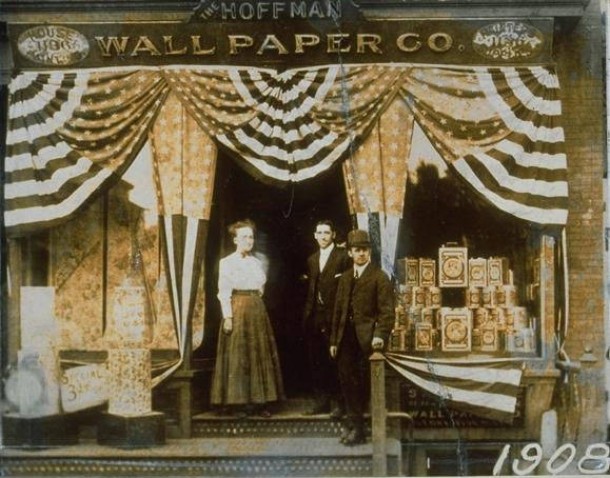
Tradition and Transformation Define Hartford’s Jewish Community
…at about 50,000, with about 1,500 of these Jews. But, this would soon change. The Second Wave of Jewish Immigration The assassination of Russian Tsar Alexander II in 1881 inaugurated…
Read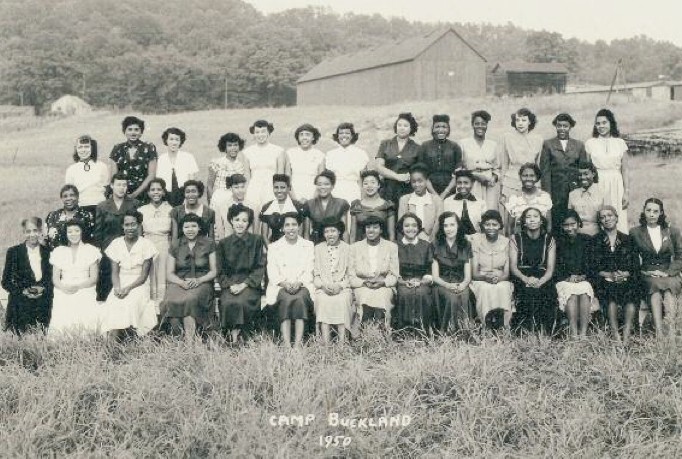
Laboring in the Shade
…returned home to serve in their own military. New immigration was hampered by the restrictive immigration laws of the era. In an attempt to find labor, the Connecticut Tobacco Company…
Read
Building an Armenian Community in New Britain
…families that they left behind. In addition to the desire for new opportunities, Armenian immigration was also a product of discrimination and violence in their homelands. At the turn of…
Read
Yukitaka Osaki and Gillette Castle: One of Hadlyme’s First Japanese Immigrants
…famous cherry trees that now surround the Tidal Basin in Washington, D.C. Despite Japan and the United States’ increasingly hostile relationship during the early 20th century—including the Immigration Act of…
Read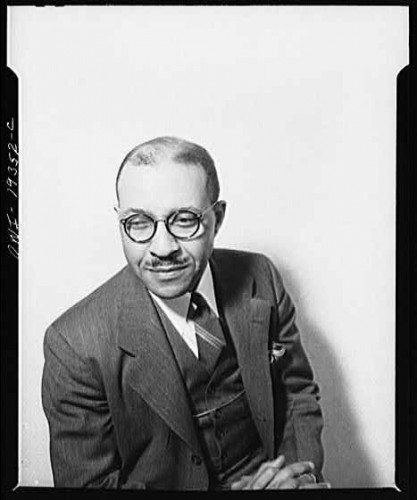
Hartford’s Great Migration through Charles S. Johnson’s Eyes
…declaration of World War I brought more hope for African American migrants. There was an increase in job openings as immigration was banned—and as a number of the immigrant residents…
Read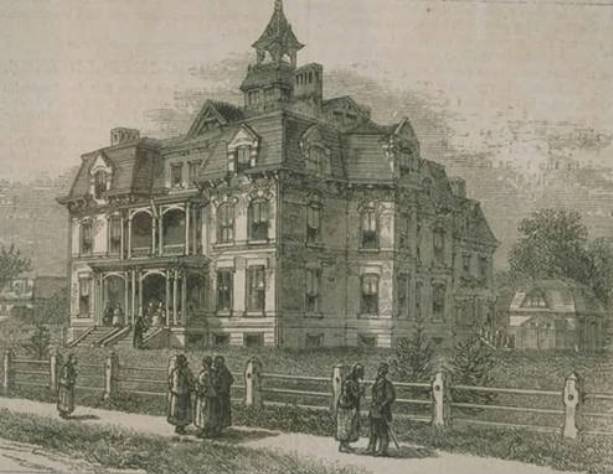
Yung Wing, the Chinese Educational Mission, and Transnational Connecticut
…immigration which were pressed for immediate enactment. Although drastically and even tragically affected by these events (Yung’s wife Mary, for example, died a few years later, her illness caused at…
Read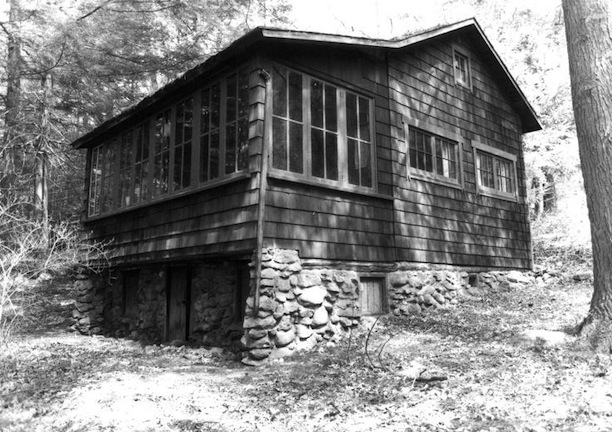
A Russian Village Retreat in Southbury
…professions. Despite these changes, however, the unique blend of American and Russian architecture found in Churaevka, along with the important part the village played in defining early 20th-century Russian immigration,…
Read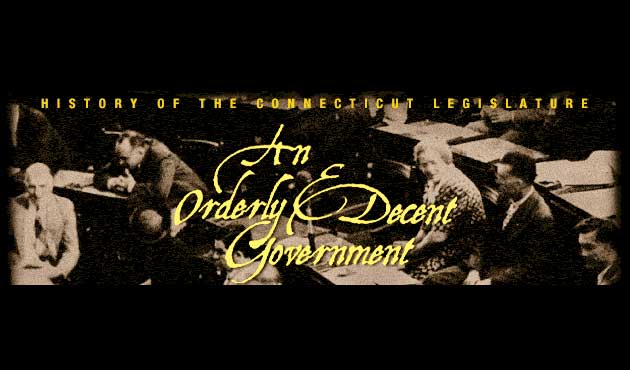
An Orderly & Decent Government: Searching for the Common Good, 1888-1905
…overhanging Hartford’s Park River, c. 1900 Stimulated by immigration and industrialization, Connecticut cities expanded rapidly. Bridgeport grew from a population of 30,000 in 1880 to a thriving metropolis of over…
Read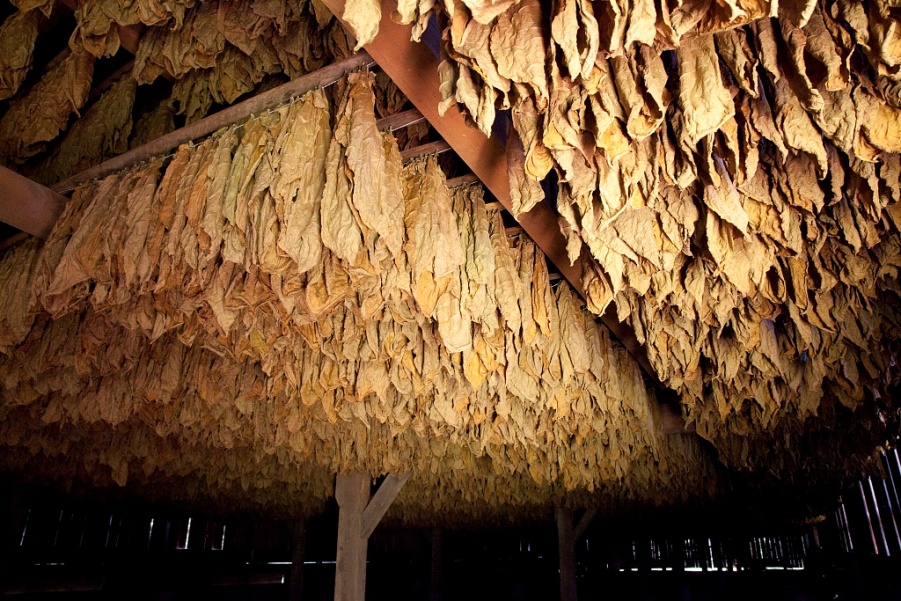
Windsor Tobacco: Made in the Shade
…produce and Windsor and the surrounding areas soon exhausted the supply of local help. With the onset of the immigration restrictions that accompanied World War I, local farmers resorted to…
Read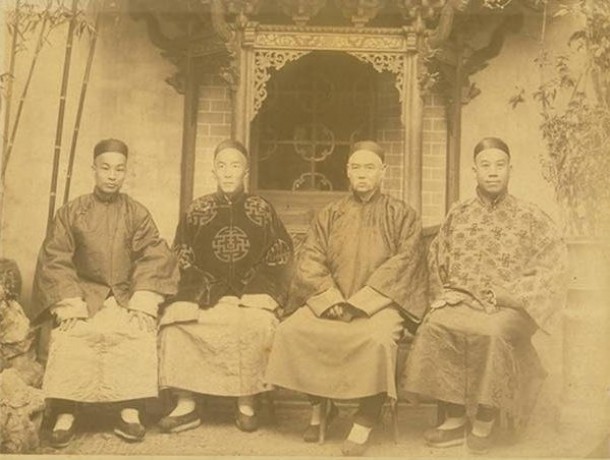
Avon’s Educational and Cultural Pioneer
…economic uncertainties and rising anti-Chinese sentiment, the 1882 law halted Chinese immigration and prohibited Chinese individuals from becoming US citizens.) An enthusiastic supporter of reform in China, Yung Wing found…
Read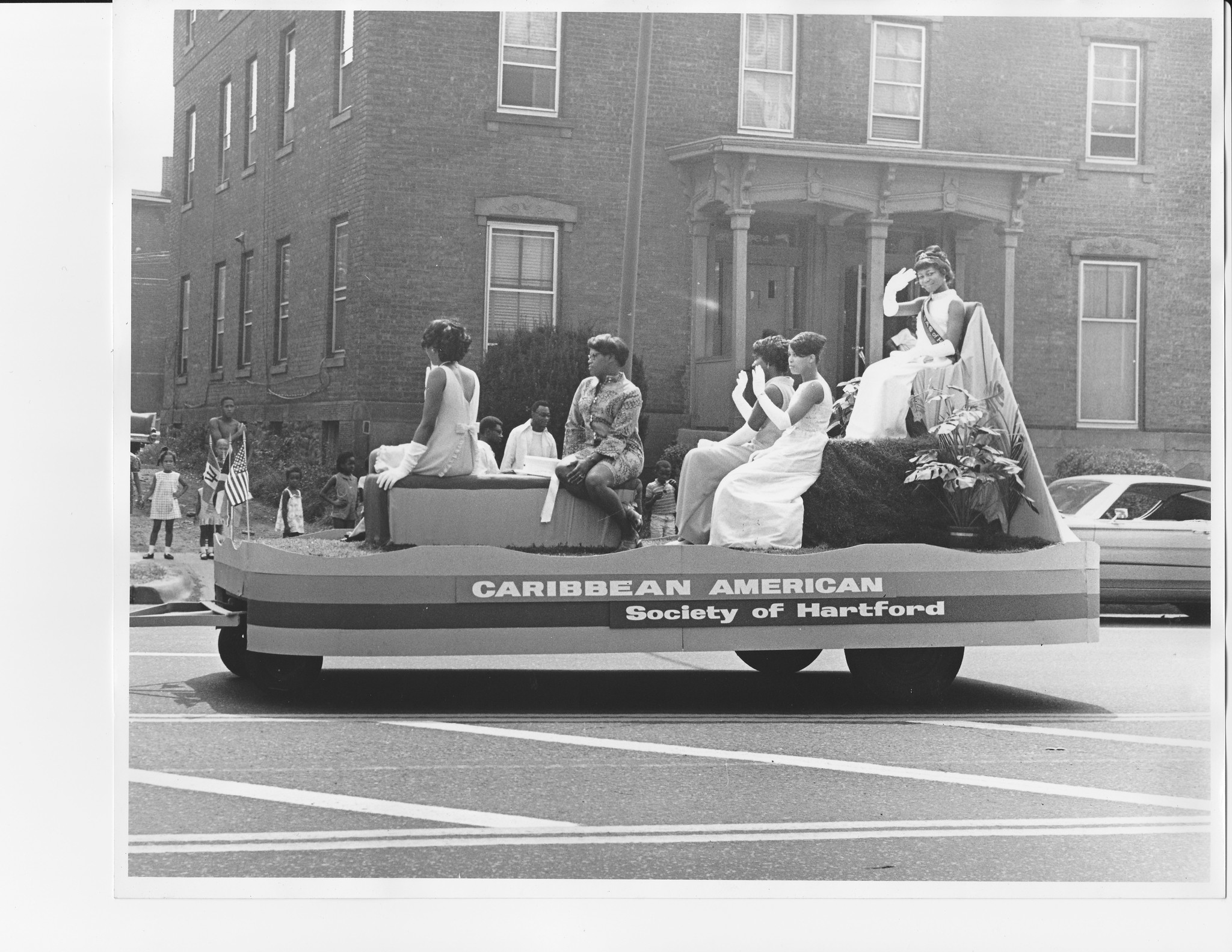
West Indians in Hartford
…significant wave of immigration to the United States from the West Indies began in the 1940s, spurred by labor shortages during World War II. Many immigrants were drawn to the…
Read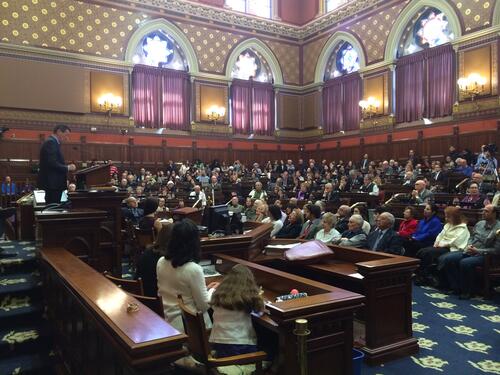
Connecticut and the Armenian Genocide
…Law School to become an immigration lawyer. Connecticut’s Aid to Victims Near East Relief coordinated Connecticut’s efforts to aid victims of the genocide; its state headquarters were located in the…
Read
Connecticut’s French Connections
…its history. From 17th-century Huguenots seeking religious freedom to French Canadian mill workers looking for jobs to immigration in its more modern forms, Connecticut has always been a place shaped,…
Read
Colonial Revival Movement Sought Stability during Time of Change
…of the Colonial Revival occurred as rapid urbanization, industrialization, and immigration encouraged many Americans to seek refuge in the perceived simplicity of the past. Origins and Imagery The Connecticut Cottage…
Read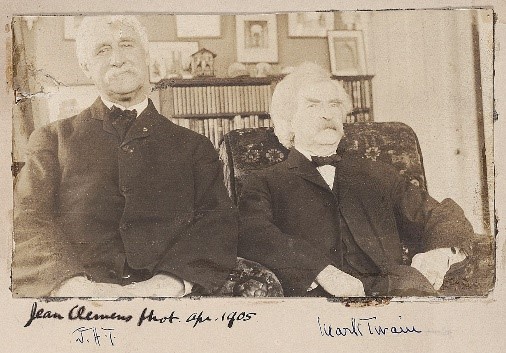
Joseph Hopkins Twichell: Asylum Hill’s Religious Leader and Mark Twain’s Closest Friend
…Twichell to talk freely, unrestrained by his well-drafted sermons, and inspired Twichell to subtly push Victorian social boundaries, taking up such causes as labor rights, immigration, education, and interfaith advocacy….
Read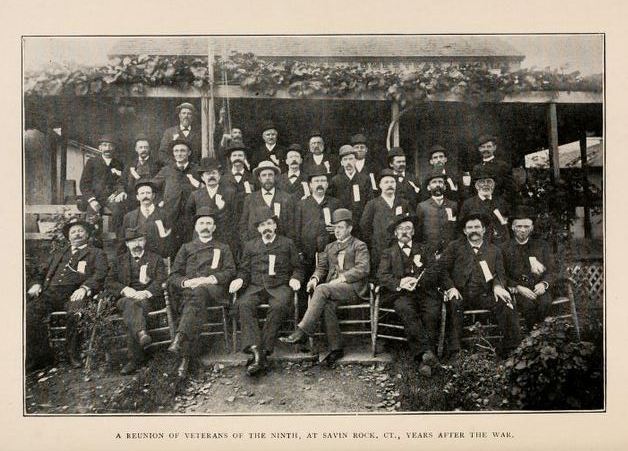
Fighting Sons of Erin: Connecticut’s Irish Regiment in the Civil War
By Diana McCain for Your Public Media On battlefields from Virginia to Louisiana, the soldiers of Connecticut’s Ninth Regiment Volunteer Infantry marched into combat against Confederate forces under a regimental…
Read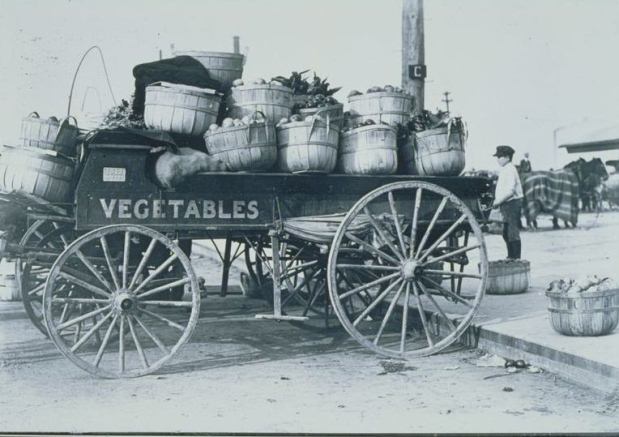
Hartford’s “Little Italy”
By Mike Messina In the early 1900s, Hartford was a booming economic center. Italy, on the other hand, suffered both economically and socially. Hundreds of thousands of Italian men looked…
Read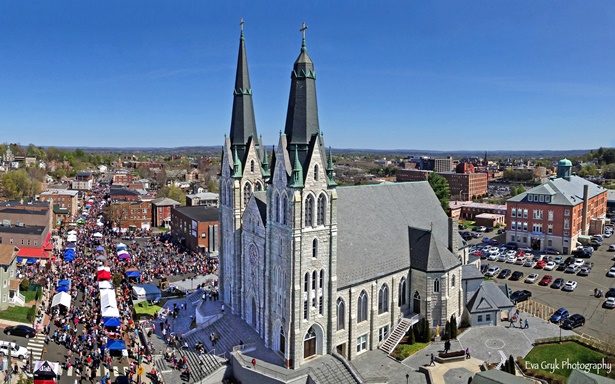
Witamy to Little Poland! – A Thriving Neighborhood in New Britain
In the late 19th century, Polish immigrants started arriving in New Britain in large numbers to begin new lives working in the city’s many factories. Consequently, by 1930, one-quarter of…
Read
An Orderly & Decent Government: A Society in Ferment, 1819-1865
Three great forces swept across Connecticut in the 19th century. The first was the emergence of industry as the driving force of the state’s economy. The second was the great…
Read
An Orderly & Decent Government: Significant Events & Developments, 1888-1905
A Land of Immigrants Close to the ports of Boston and New York, Connecticut saw its population of immigrants from southern and eastern Europe swell in the last decades of…
Read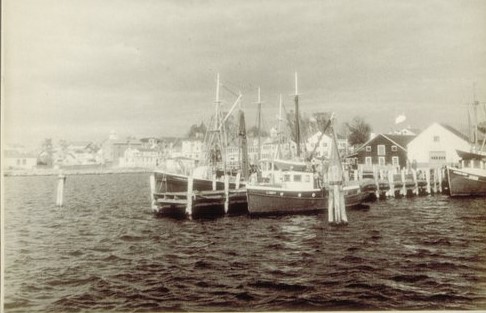
The Sea in their Blood: The Portuguese in New London County
By Nancy Finlay New London in the early 19th century was a bustling port city. The 1850 Federal Census lists individuals from more than 30 different countries and from virtually…
Read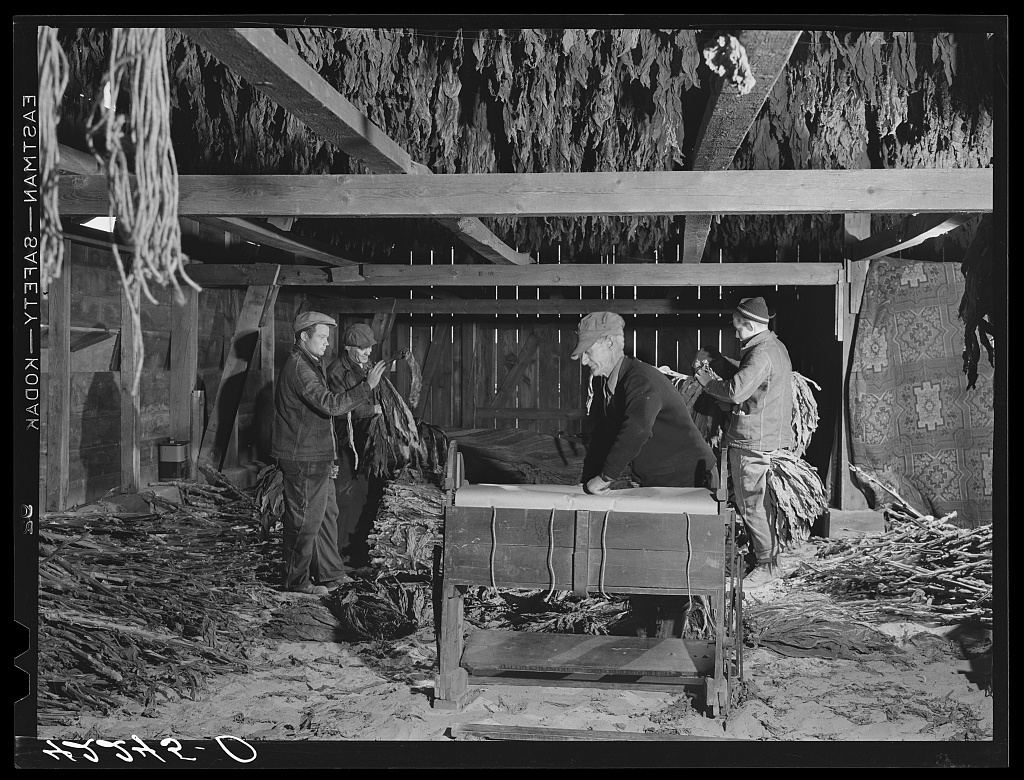
Polish Tobacco Farmers in the Connecticut River Valley
By Nancy Finlay Towards the end of the 19th century, most of the Polish immigrants who came to Connecticut settled in cities and worked in textile mills and other industries….
Read
Maria Colón Sánchez, State Representative and Community Advocate
A tireless supporter of Puerto Rican culture and education, Maria Colón Sánchez became a leading community organizer in Hartford and was known as la madrina (the godmother) of the capital…
Read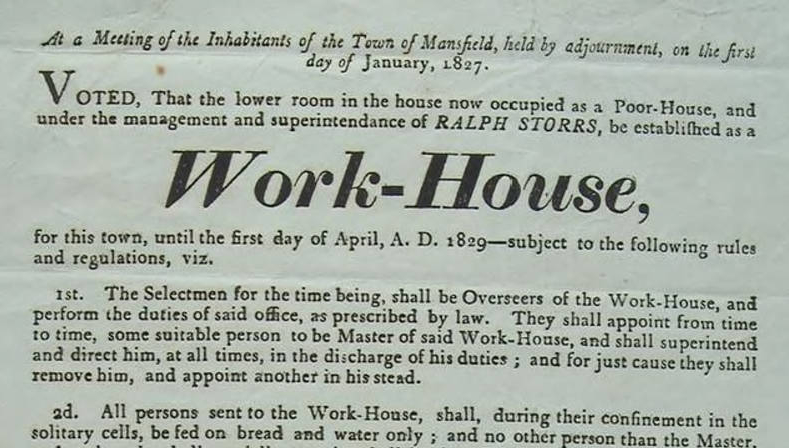
Connecticut Poor Law Aimed to Care for the Needy
By Gregg Mangan Connecticut instituted a Poor Law in the 17th century to comply with a directive from the British government that the colony ensure for the care of the…
Read
The Wearing of the Green: 19th-century Prints of Irish Subjects by Hartford’s Kellogg Brothers
By Nancy Finlay for Your Public Media A huge influx of Irish immigrants arrived in Connecticut during the second quarter of the 19th century, driven by political unrest and economic…
Read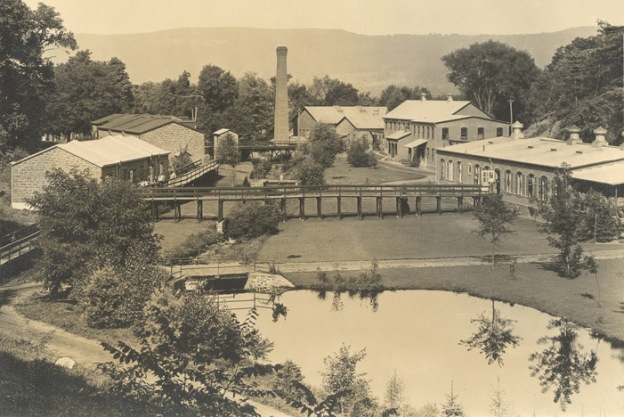
The Steady Evolution of a Connecticut Family Business
By Dawn Byron Hutchins Joseph Toy, his wife, and their three children arrived in New York City from England on a mid-August day in 1839 on a mission for his…
Read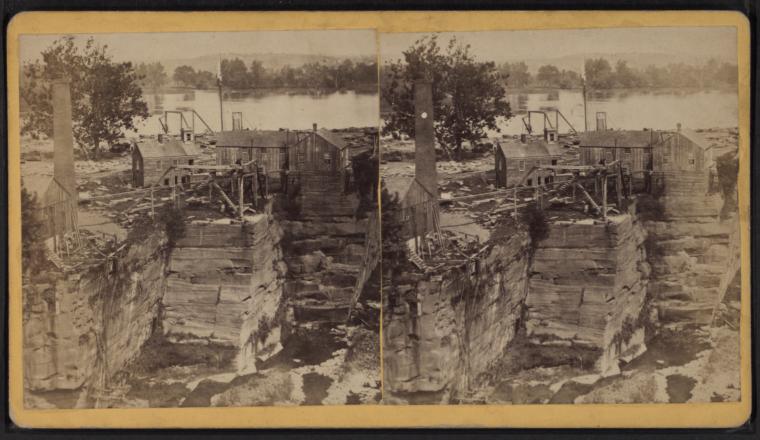
Portland Puts Its Stamp on an Architectural Era
The brownstone quarries in Portland, Connecticut, owe their existence to millions of years of prehistoric sediments accumulating in the Connecticut River. Quarried as far back as the 17th century, the…
Read
Race Restrictive Covenants in Property Deeds
By Mary Daly “No persons of any race except the white race shall use or occupy any building on any lot except that this covenant shall not prevent occupancy by…
Read
Cash Crop: L.B. Haas & Co. and the History of Tobacco in Connecticut
By Ben Gammell for Your Public Media Both small farms and large companies have shaped the history of tobacco production in Connecticut. Native Americans grew tobacco and passed their knowledge…
Read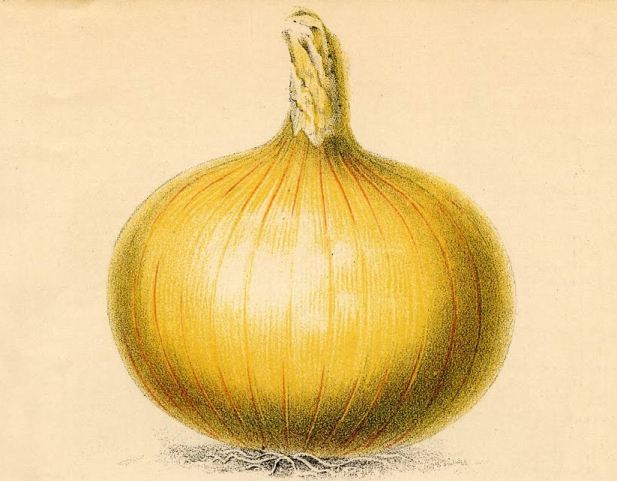
The Many Layers to Onion Farming in Westport
By Gregg Mangan Westport is a quiet beachfront town along Connecticut’s southern coast known for its pristine views of Long Island Sound, its upscale shopping, and its close proximity to…
Read
Yung Wing’s Dream: The Chinese Educational Mission, 1872-1881
By Barbara Austen Yung Wing had a dream. He wanted Chinese youth to study American technology to improve China’s engineering and infrastructure. As a boy, he had attended Monson Academy…
Read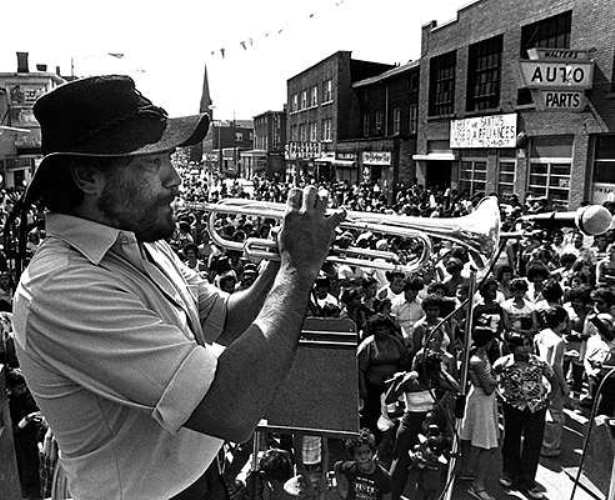
Park Street Festival, Hartford 1978
Despite the exodus to the suburbs, Connecticut’s cities still retain their vitality and diversity. The Park Street Festival is an annual Puerto Rican celebration held in the heart of Hartford‘s…
Read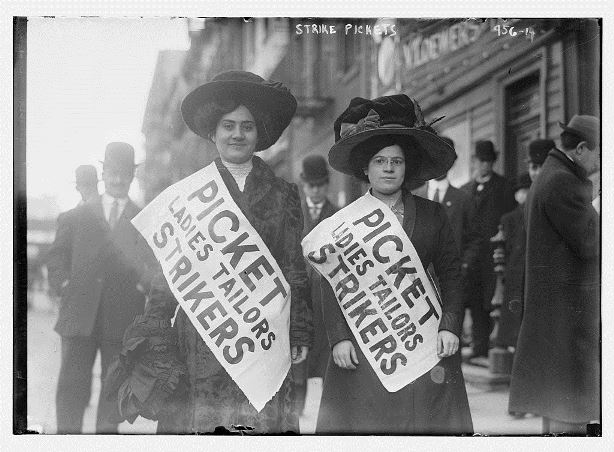
Triangle Shirtwaist Fire: Connecticut Lessons from a Tragedy
Sol Bidek’s family lived in a tenement on Market Street in Hartford. They waited several days for word from New York. Finally, they got the news: their sister was safe….
Read
An Orderly & Decent Government: Significant Events & Developments, 1819-1865
An artist’s nostalgic conception of Connecticut in the 1830s shows agriculture and shipping slipping away in the background, while westward migration and the beginnings of industry dominate the scene. Connecticut…
Read
An Orderly & Decent Government: A Clash of Cultures, 1888-1905
In the last decades of the 19th century, Connecticut was transformed by a massive flood of immigrants fleeing the political and economic instability of Europe in search of a better…
Read
An Orderly & Decent Government: Significant Events & Developments, 1905-1929
The Election of 1912 Sales meeting of IBM employees, c. 1925 Presidential candidate Teddy Roosevelt displayed his flamboyant campaign style in a 1912 swing through Hartford. Roosevelt’s candidacy took votes…
Read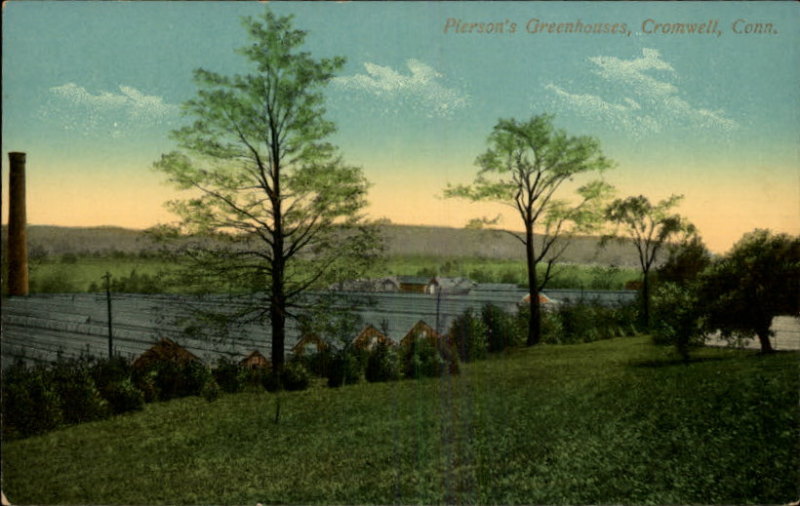
The Rose King of America Transformed Cromwell’s Landscape
Andrew N. Pierson was born Anders Nil Persson in Skane Lan, Sweden, in 1850. After arriving in the United States, Pierson established A.N. Pierson’s, Inc., a small floral nursery in…
Read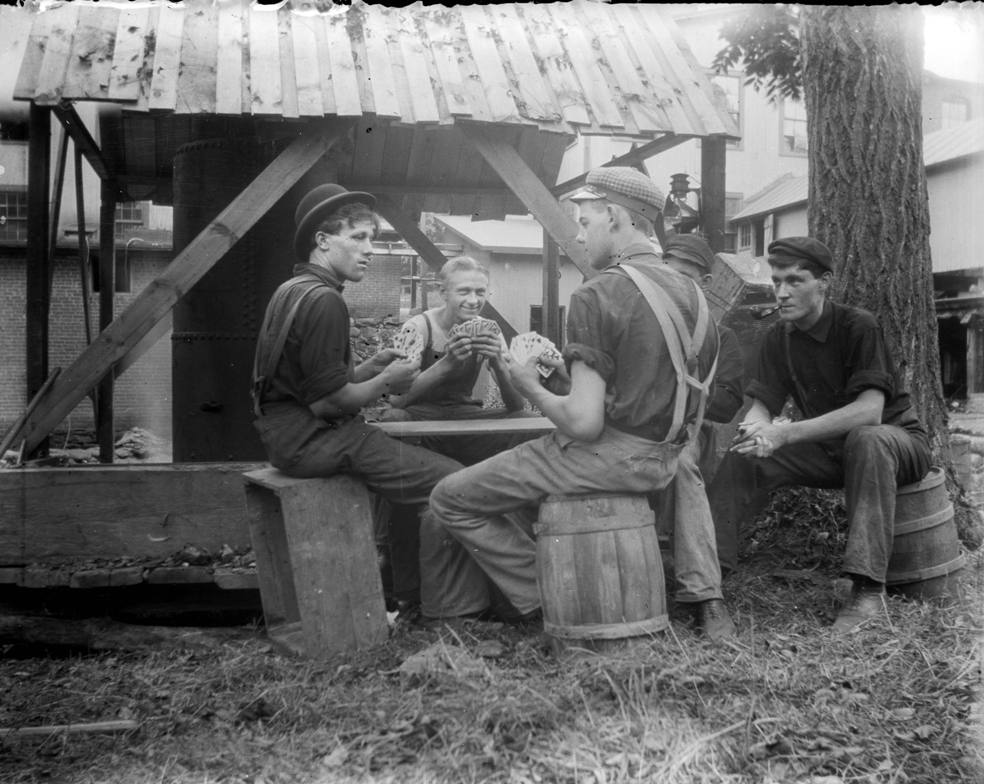
Avon Industry: From Underground to Outerspace
The Climax Fuse Company manufactured safety fuse, a type of fuse consisting of a tube of gunpowder surrounded by a water-proofed and varnished jute rope. Invented by William Bickford in…
Read
Brass City/Grass Roots: Bucks Hill: Waterbury’s Rural Holdout
This article is part of the digital exhibit Brass City/Grass Roots: The Persistence of Farming in Waterbury, Connecticut. Use the arrows at the bottom of the page to navigate to…
Read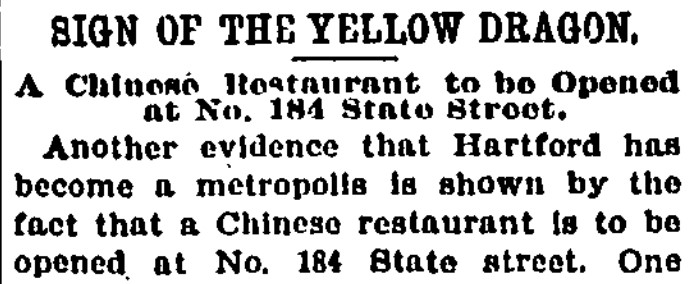
At the Sign of the Yellow Dragon: Hartford’s First Chinese Restaurants
By Nancy Finlay While most European immigrants to the United States landed on the East Coast and made their way west across the continent, Chinese immigrants primarily arrived on the…
Read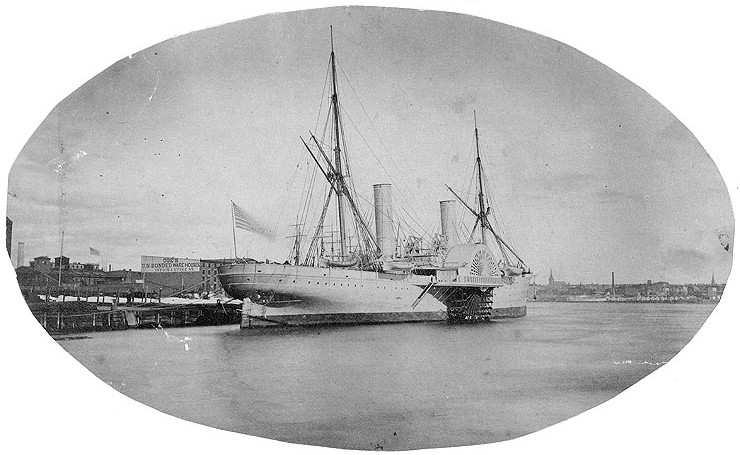
They Also Served: Chinese, Southeast Asians, and Hawaiians in the American Civil War
By Nancy Finlay While oversimplified narratives about the American Civil War often reduce it to a simple conflict involving the binary classifications of Black and white, not all the participants…
Read
Africans in Search of the American Dream: Cape Verdean Whalers and Sealers
By Nancy Finlay The Cape Verde Islands—a group of volcanic islands in the Atlantic Ocean, 280 miles off the west coast of Africa—were uninhabited until the Portuguese discovered and colonized…
Read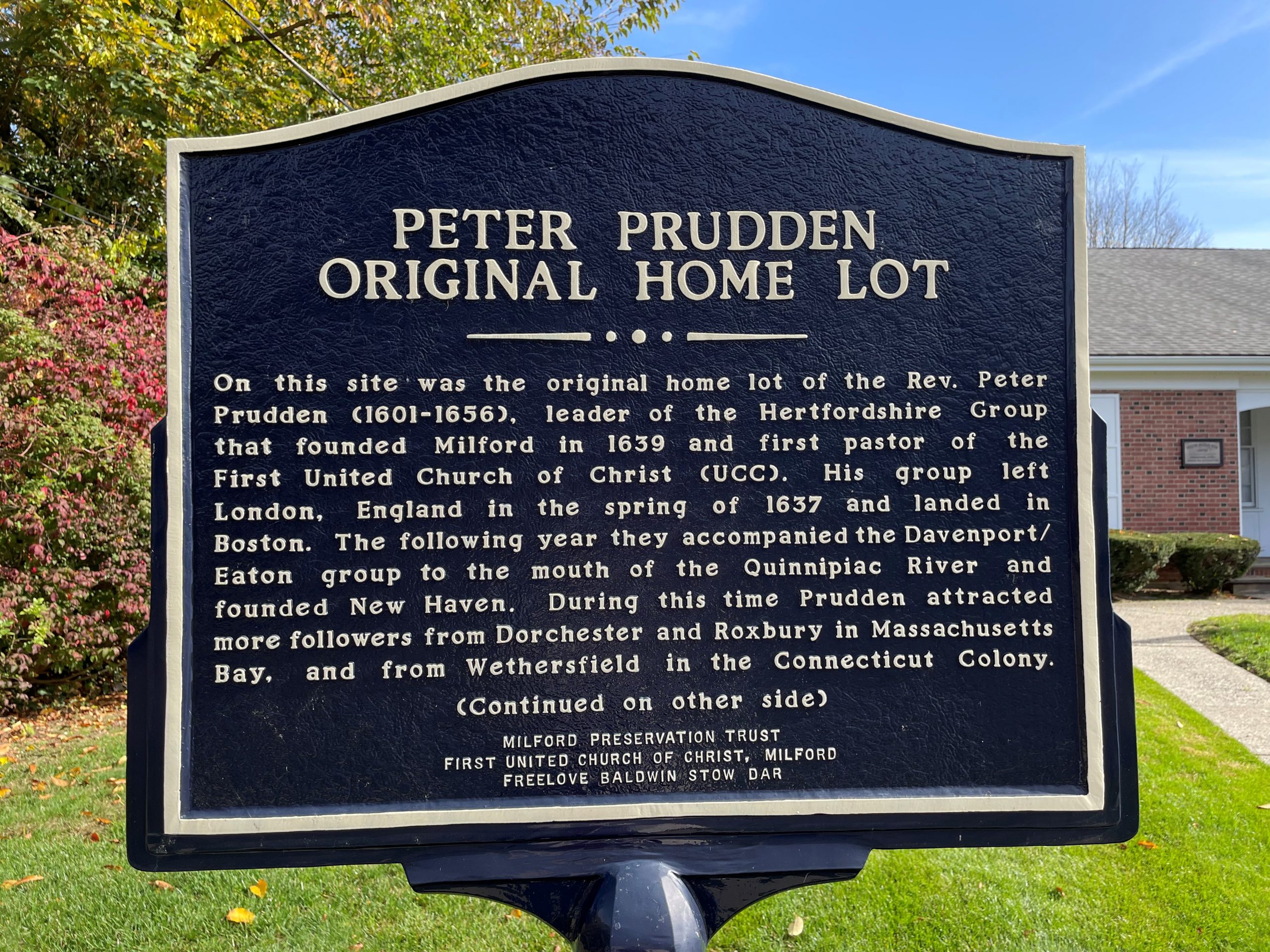
Peter Prudden: Milford’s First Minister
By Emily Clark In the early 1600s, many Europeans left their homeland to seek religious freedom in America as part of the Puritan migration. Not only did a good number…
Read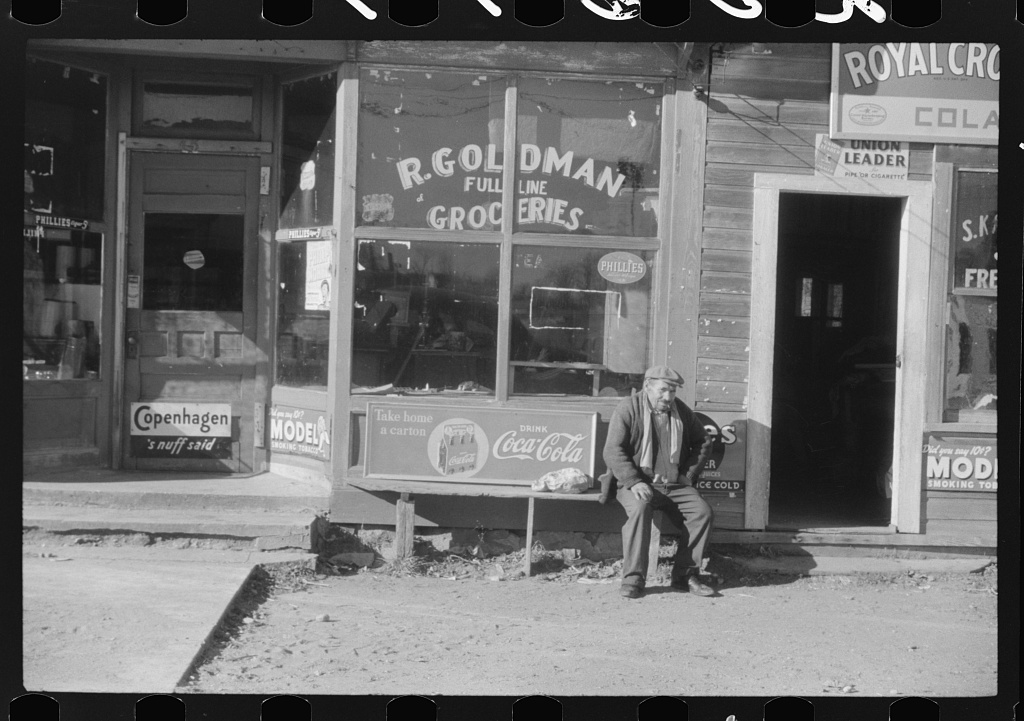
Jewish Farming Communities in Connecticut in the 19th and 20th Centuries
By Nancy Finlay Jews fleeing from antisemitic violence in Russia and Russian-occupied territories in Eastern Europe began arriving in the United States in large numbers in the late 19th century….
Read
Jacques and Therese Makowsky and the Development of the Cornish Game Hen
By Nancy Finlay Jacques Makowsky grew up in Czarist Russia, a few blocks from the Kremlin. His family ran a successful printing business with close ties to the Czarist government…
Read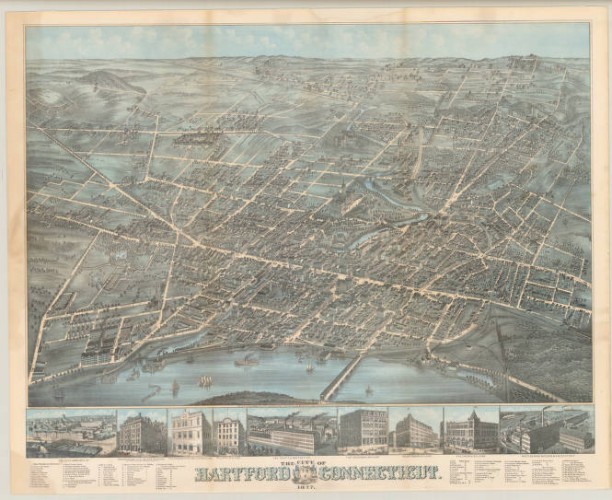
Bird’s-eye Views of Connecticut Offer Idealized Portraits of Progress
…innovations in transportation, wide-spread industrialization, and massive population growth fueled by immigration. Even small communities that retained much of their village character boasted of their few factories and commercial enterprises….
Read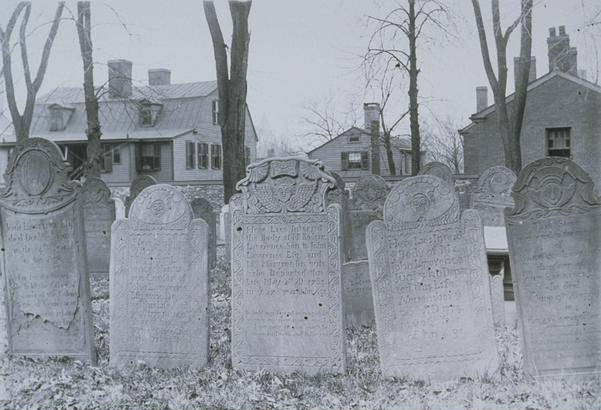
Belief
…history, too: from Baptists and Shakers in the 1700s to African Americans and, in the immigration waves of the 1800s, Jews, Catholics, and others. Such groups founded some of the…
Read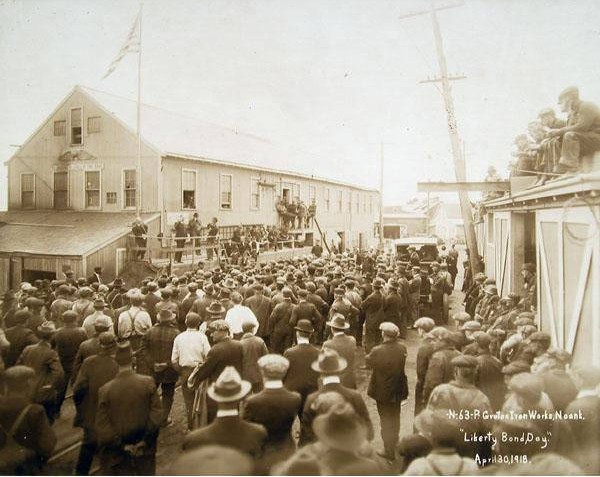
World War I
…brass to Bridgeport’s Remington Arms, which produced 50 percent of the US Army’s small arms cartridges, the industrial ramp up—and curtailed immigration from Europe—produced labor shortages. African Americans migrating from…
Read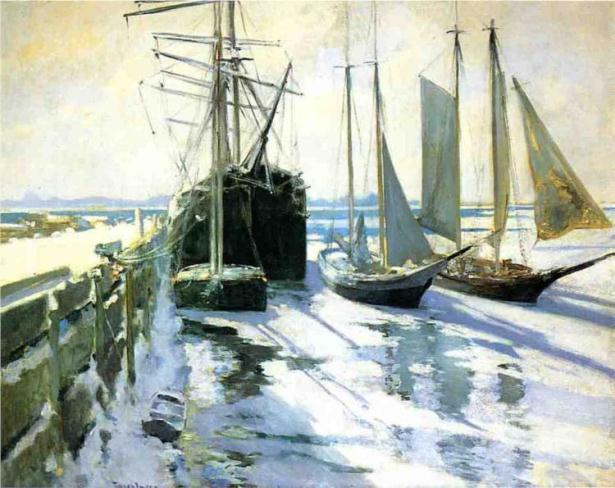
Connecticut and American Impressionism
…urban life or modern marvels. At the turn of the 20th century, however, American cities and industries were expanding at dizzying rates, and a host of immigration, labor, and other…
Read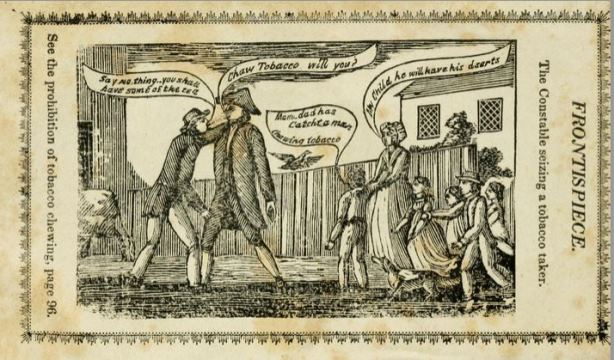
The Long, Ambiguous History of Connecticut’s Blue Laws
…during the 19th century. Against a backdrop of social and ethnic change (largely brought about by periods of increased immigration), religious reformers sought to impose stricter moral and social codes…
Read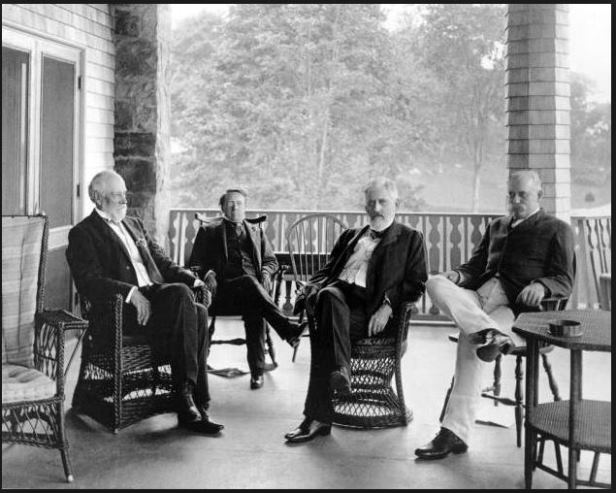
Orville Platt Helps Define International Relations after the Spanish-American War
…During his time as a senator, Platt involved himself in numerous debates on foreign affairs, particularly discussions regarding tariffs, restrictions on Chinese immigration, transitional governments in the Philippines, and the…
Read
The “Red Scare” in Connecticut
…fear of growing labor unrest helped fuel this massive crackdown. Backdrop to the Red Scare The new Espionage Act and strict immigration laws gave the government power to criminalize free…
Read
The Successes and Struggles of New Haven Entrepreneur William Lanson
…African population of this city.” Lanson was estimably embedded in the civic and economic life of New Haven. Expansion and Immigration Bring Rising Racial Antagonism The pace of change accelerated…
Read
Trolley Campaigners Storm Small Towns and Votes for Women is the Battle Cry
…collectively contained 78 of the state’s 168 municipalities and 75 percent of the general population, which had grown exponentially with surges in immigration. By attracting large, broad audiences from the…
Read
Brass City/Grass Roots: The Pierponts of East Farms
…and milk trucks plied the dense inner-city neighborhoods where first the Irish factory workers lived, then the Eastern and Southern Europeans of the later immigration stream. In fact, Enos Pierpont,…
Read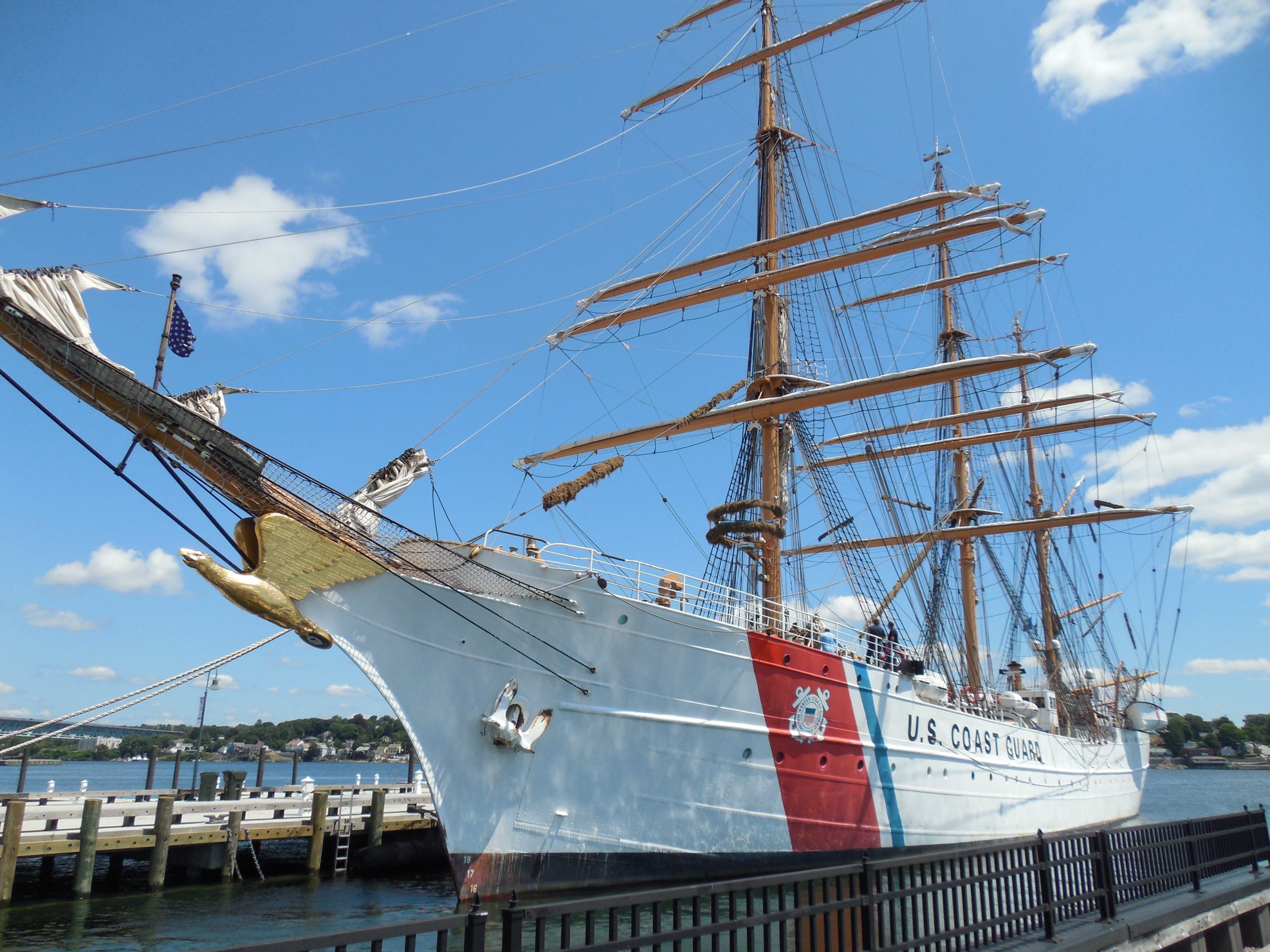
Maritime History: The Founding of the United States Coast Guard Academy
By Natalie Curtis Though neighboring states such as Massachusetts may be better known for their historic ties to overseas trade and immigration, Connecticut has certainly made its own contributions to…
Read
Edward Hopkins: Connecticut’s 2nd Governor
…the colony’s founding and relationships with Indigenous people and neighboring European settlements. Immigration to Connecticut Born in England in 1600, Hopkins immigrated to America in 1637. After a brief stay…
Read
Igor Sikorsky and his Flying Machines
By Richard DeLuca Unlike the powered airplane, for which the Wright Brothers can be identified as the sole inventors, many people made contributions to the perfection of vertical flight between…
ReadMore




